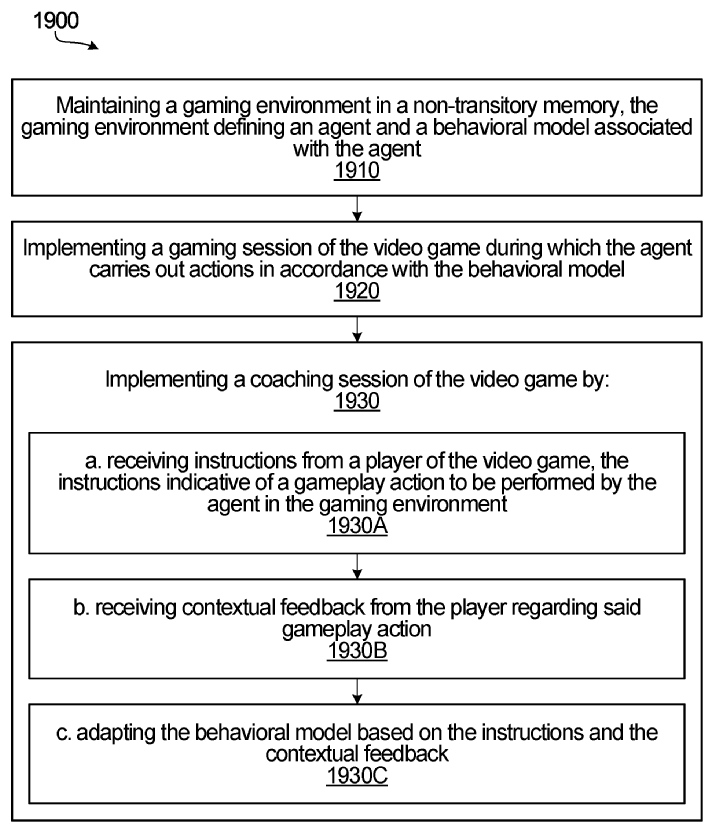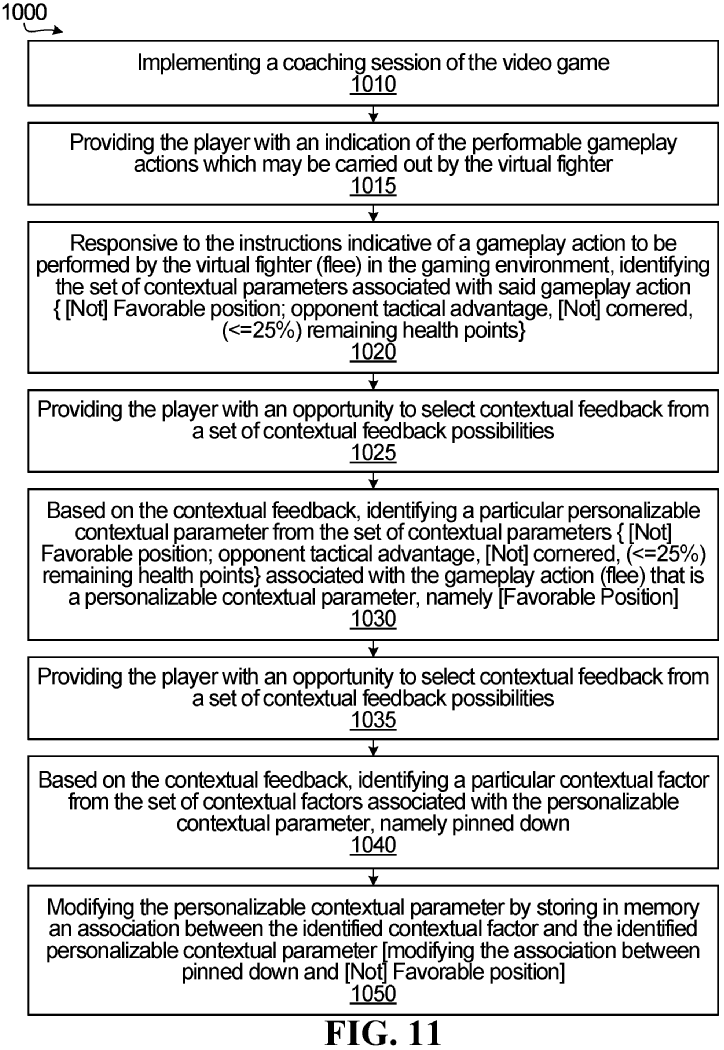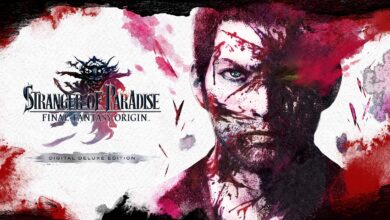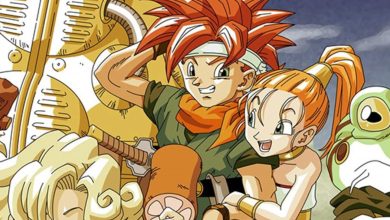
Story Highlights
- Square Enix has recently published a patent that seeks to let players train in-game NPCs and alter their behavior. The proposed system could add another layer of depth for more immersion in the NPCs.
- The training will result in NPCs interacting with the world in an improved and consistent way, and it would be dynamic to gain strength, skills, and physical changes through manual training.
- Square Enix uses the fighting game example to describe the process of coaching. The character may get to face multiple enemies with different scenarios at a time to be trained.
- The patent can be utilized in any game genre, and we may see it get used in series like Final Fantasy and the company’s many other prominent RPG IPs.
Square Enix is known for many franchises like Final Fantasy, Dragon Quest, Kingdom Hearts, and the like, but it has often done much more for the industry by bringing innovation. The company has recently published a patent that seeks completely revitalize NPCs in its titles. In other words, we may soon become able to train in-game NPCs to naturally alter their behavior in the game without necessarily controlling them as playable characters.
The patent dubbed “VIDEO GAME WITH COACHING SESSION” discusses how players could become able to influence the way an NPC interacts with the world by training them. Square Enix also talks about how it would be more dynamic for the NPC to gain strengths, skills, and physical changes by manually training them instead of the player merely choosing them. Furthermore, it will make game characters feel more alive than ever before.
In this genre, the degree of customization of the virtual character by the player would extend beyond choosing attributes of the virtual character, such as physical characteristics, strength and skills; instead, the player would influence the “behavior” of the virtual character, i.e., the way in which the virtual character acts in the game environment.”

The patent argues that the more an NPC is trained, the more consistent its behavior will become in meeting the players’ expectations. The training and changes in NPC behaviors would lead to increased player satisfaction and may increase the challenge that comes with it. The system proposed by the publisher will use a behavioral and coaching model. The coaching will influence the behavioral model and will evolve it to be more advanced.
The example of a fighting game is used to describe the process of coaching in detail. In a fighting title, the virtual fighter can be trained by choosing an enemy to fight against in a coaching session. The enemy may be another player or an NPC, or the opponent could also train the character in the process. The character may get to face multiple enemies with different scenarios at a time. In this way, both characters could learn new moves and skills.

The gaming session is a “fighting session” during which the virtual fighter carries out actions, within the gaming environment 8, against the opponent character. These actions are carried out in accordance with the behavioral model 100 associated with the virtual fighter. The behavioral model 100 will have been adapted by the player 1 during one or more prior coaching sessions.”
Thus, the way the NPC interacts with the game world can be improved by training this way. It is worth noting that the patent can be applied to any game genre, such as FPS, third-person shooters, action-adventure, simulation, strategy, and the sort.

Square Enix is a renowned conglomerate for producing RPG entries that have sold in the millions, and its innovations have played a major role in the gaming ecosystem. The new patent could wholly shake up the many future sequels of its series since the non-playing characters will feel more lively than before. Training NPCs to alter their behavior and likely stats will add an additional level of depth never seen before in gaming.
We may see future Final Fantasy games inherit the essence of this patent. However, it is possible the publisher does not transition the patent into the form of an in-game feature in the near future. So, we suggest taking the legal document with a grain of salt.
The company has pushed out a slew of enticing legal documents in the past, largely about bringing unique changes to the games for more immersion. For instance, it published a patent last year that teases a new game while suggesting unique team combat mechanics.
Similar Reads: Blue Archive Rating Dispute Reveals The Korean Games Rating Committee’s Fraudulent Practices.
Thanks! Do share your feedback with us. ⚡
How can we make this post better? Your help would be appreciated. ✍



